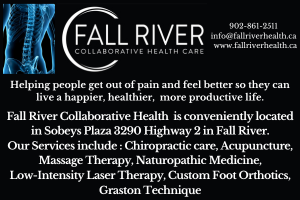
HALIFAX: The Rankin government is investing $7.6 million in equipment upgrades to ensure hospitals are providing the best care for Nova Scotians.
The investment includes new diagnostic, imaging and monitoring equipment.
“Our government has been modernizing health-care facilities and equipment across the province to ensure Nova Scotians get the care they need, now and in the future,” said Health and Wellness Minister Zach Churchill. “This investment means our hospitals will have the necessary equipment and spaces for our health-care providers to deliver the best possible care.”
The investment includes:
— $1.7 million to replace the computerized tomography (CT) scanner at Cobequid Community Health Centre
— $1.5 million to replace an Interventional Radiology Suite at the QEII Health Sciences Centre’s Victoria General site
— $2.3 million to replace a CT scanner at the QEII Health Sciences Centre’s Halifax Infirmary site
— $2.1 million to replace post-anesthesia patient monitors at the QEII Health Sciences Centre
Nova Scotia Health will also initiate a competitive process to obtain a replacement CT scanner and complete any associated renovations at St. Martha’s Regional Hospital in Antigonish.
The following projects have also been approved and will be fully funded by their respective hospital foundations:
— $1.5 million to replace the CT scanner at Valley Regional Hospital in Kentville
— $1.2 million to renovate and upgrade space at the Strait Richmond Hospital in Evanston, Richmond Co.
Quick Facts:
— a computerized tomography (CT) scanner uses a series of X-ray views to take images of organs, bones and soft tissues, and helps to quickly assess people who may have internal injuries or other trauma
— an interventional radiology suite allows for minimally invasive, image-guided procedures using a needle and catheter (narrow tube), reducing the need for incisions; procedures such as embolization, port or catheter insertions and assessment and treatment of arteries and veins can be done this way
— post-anesthesia patient monitors track blood pressure, heart rate and cardiac rhythm



















